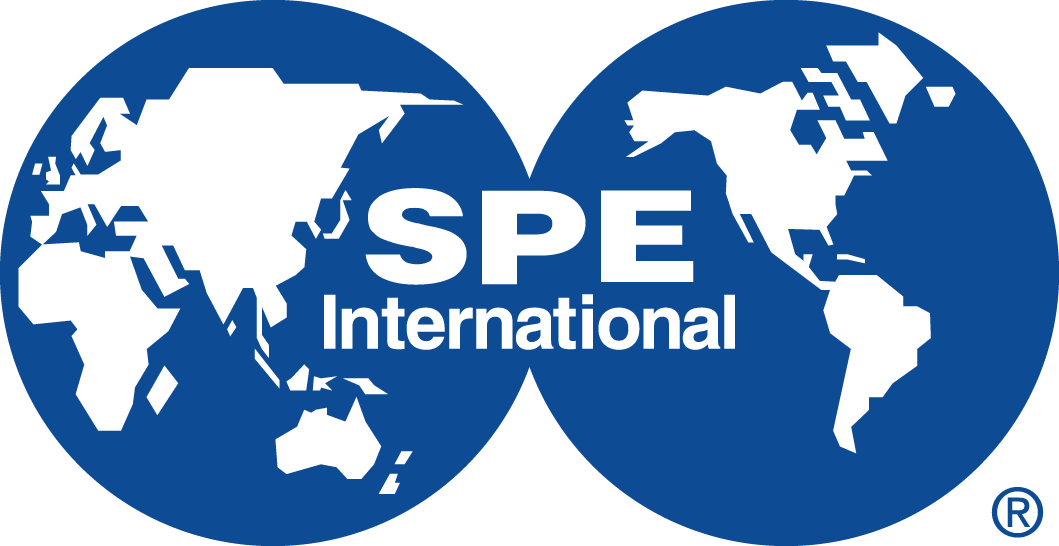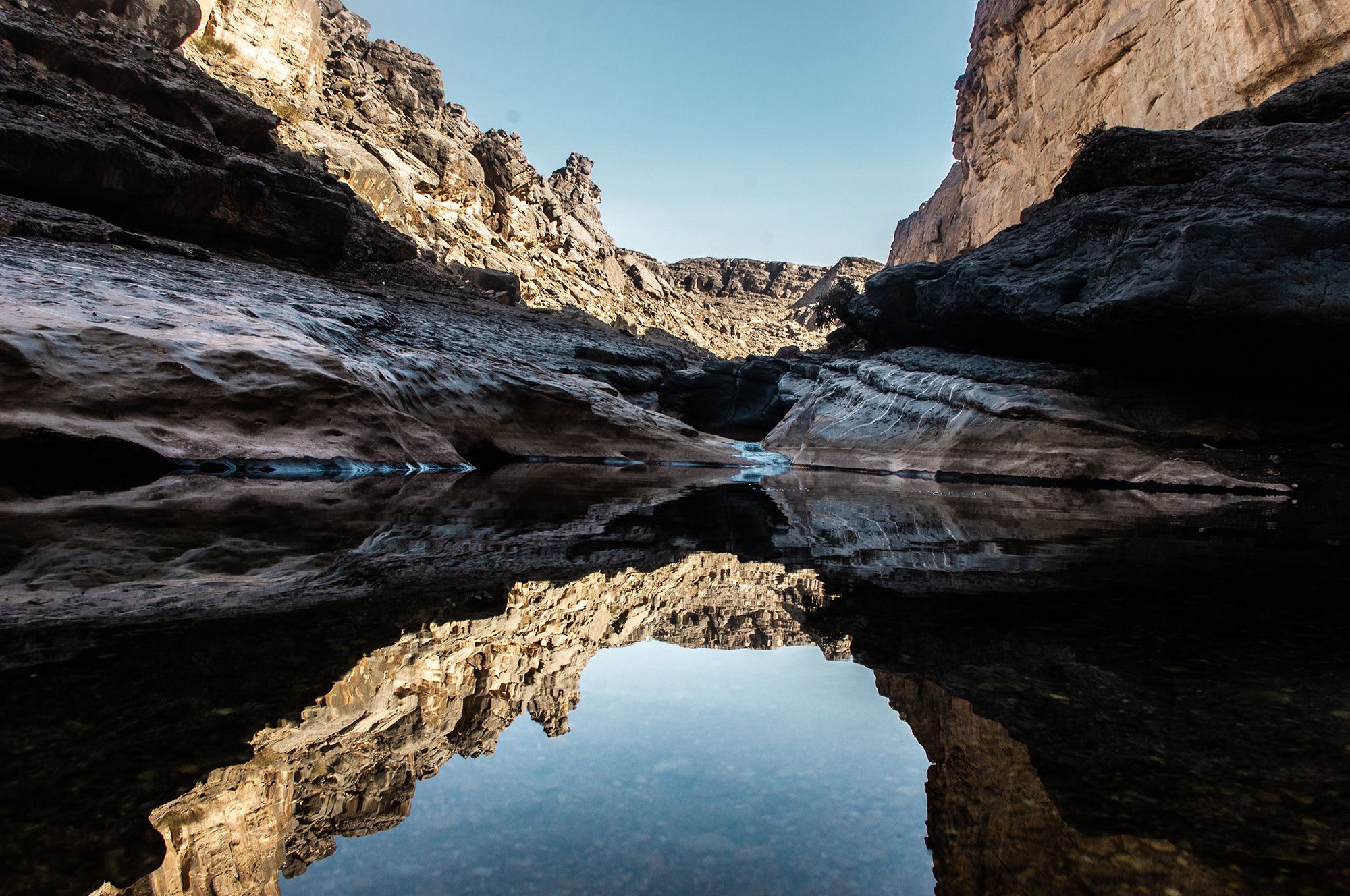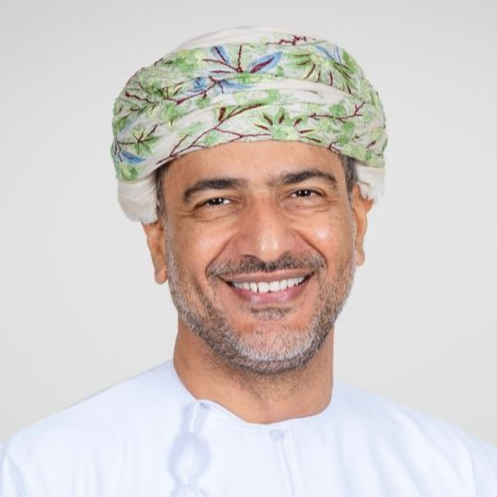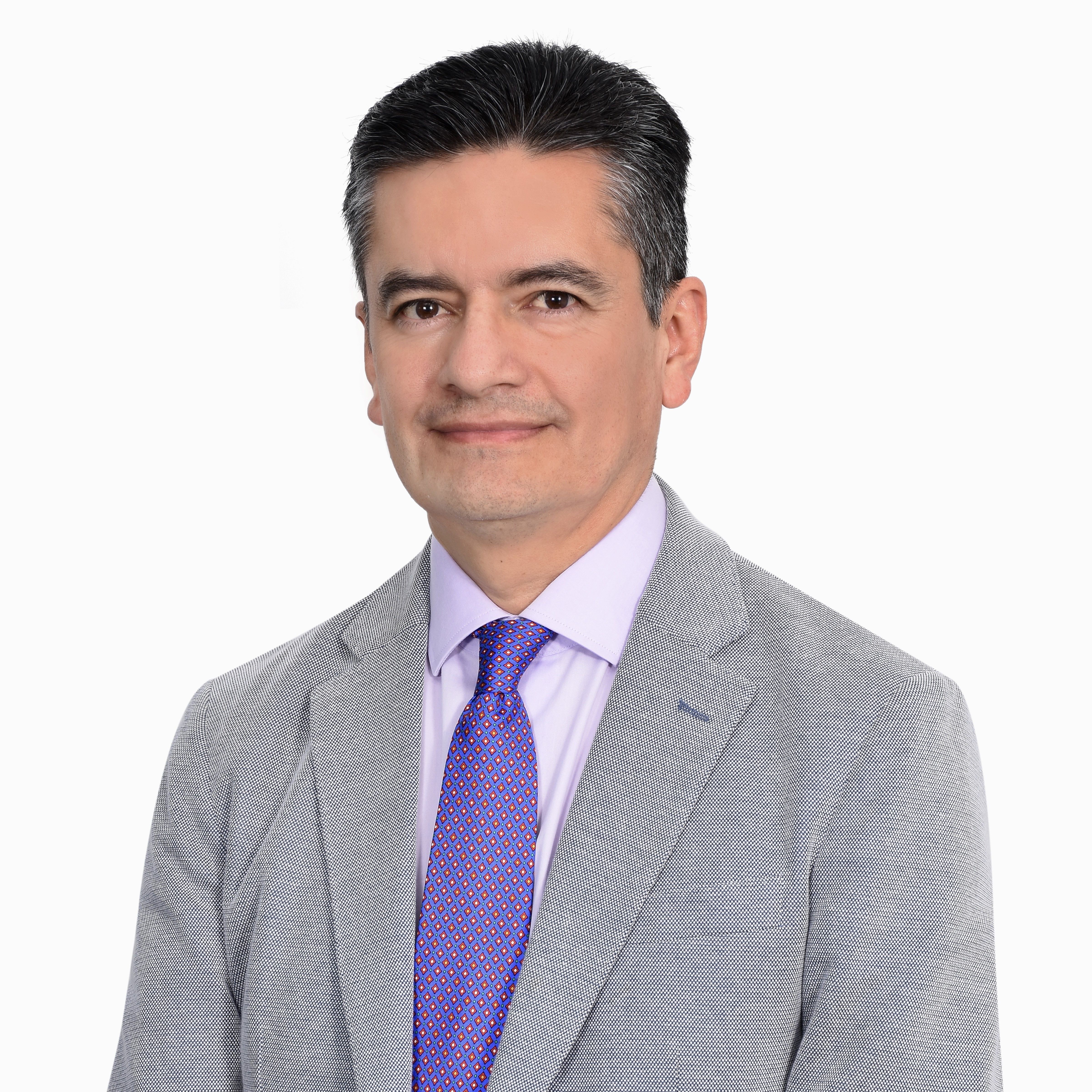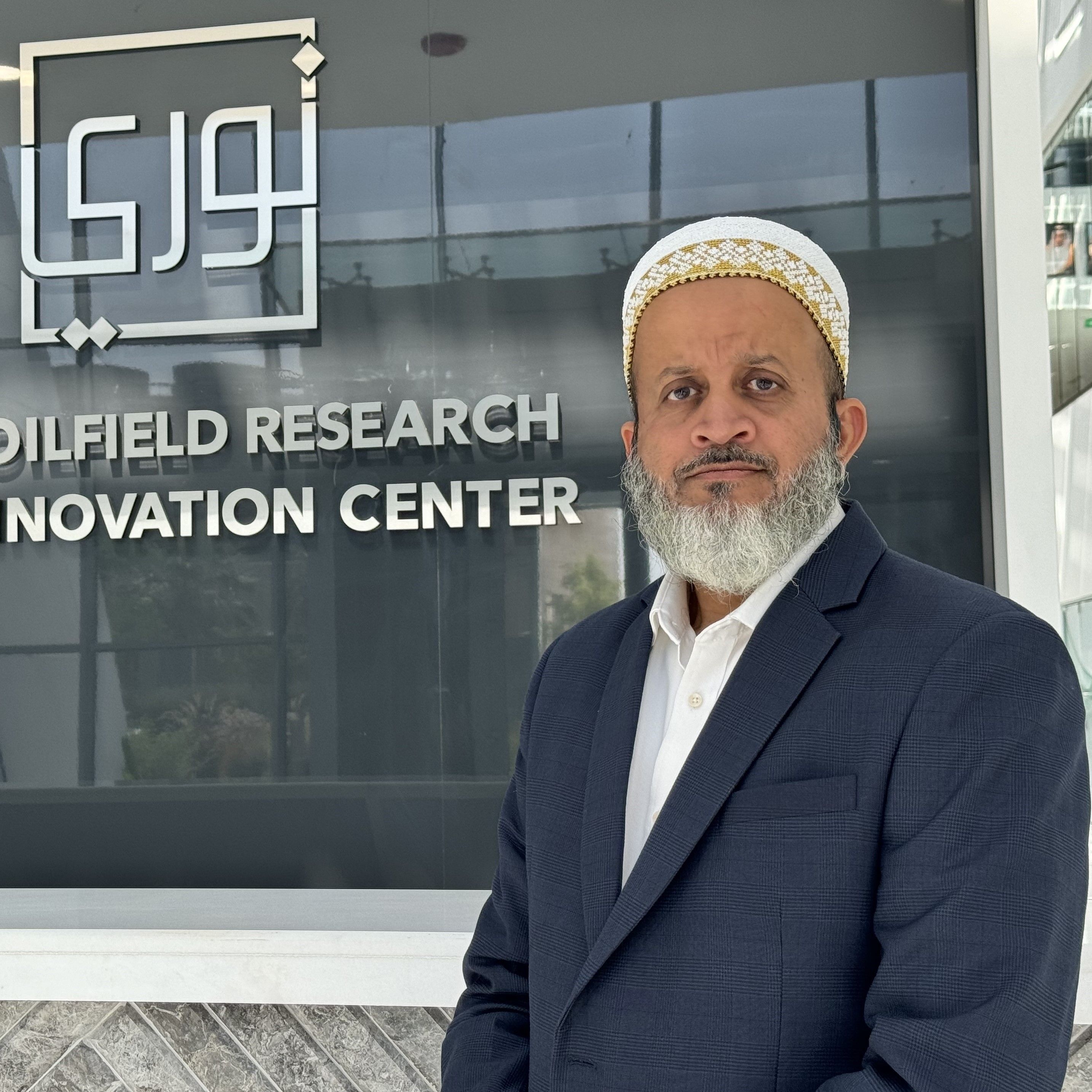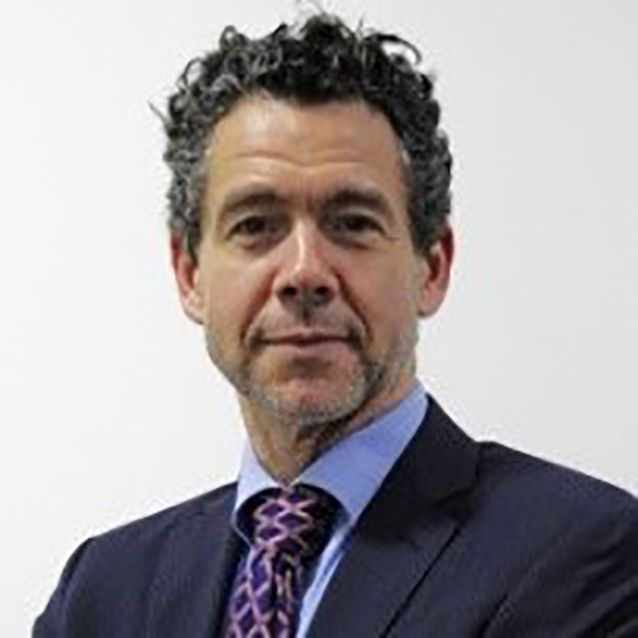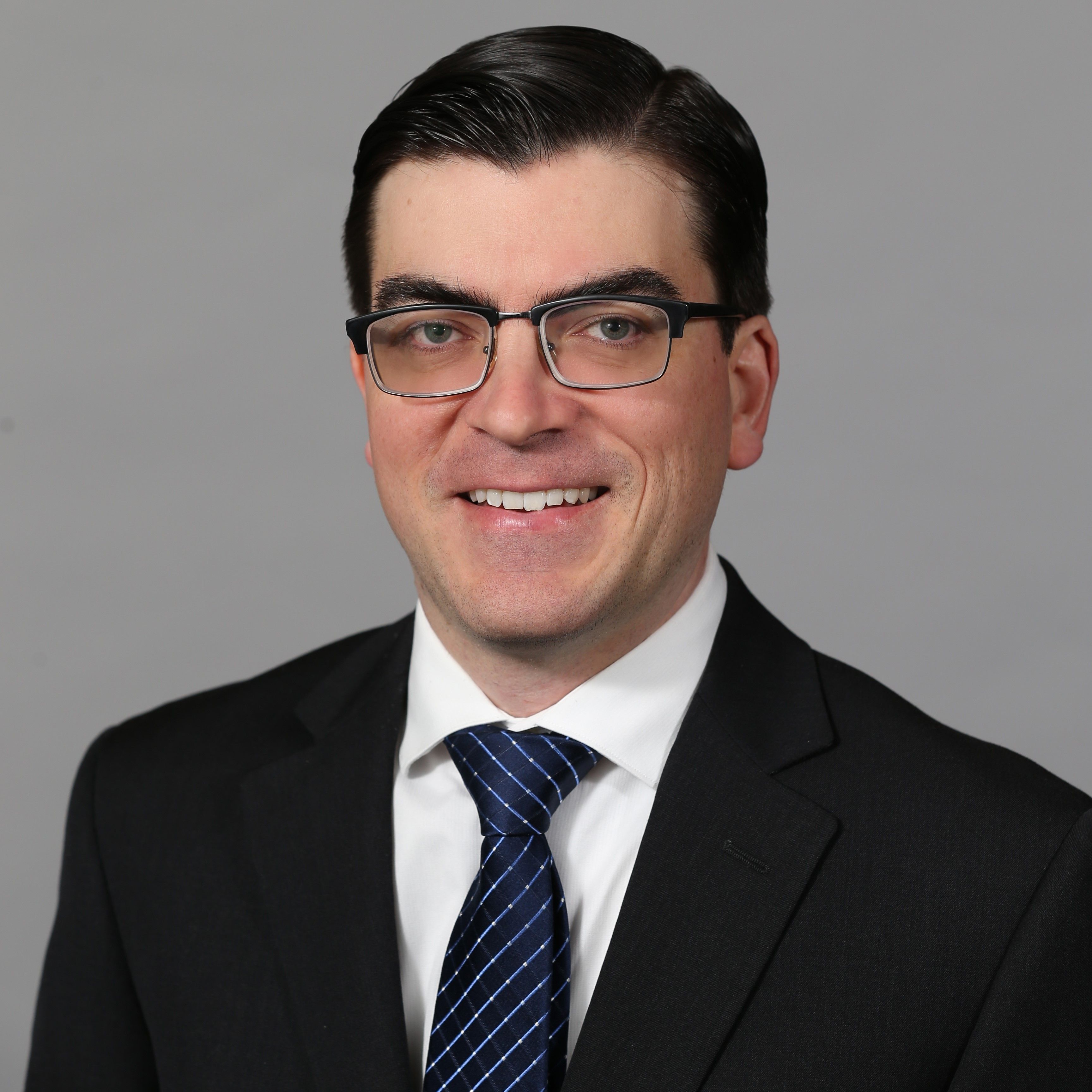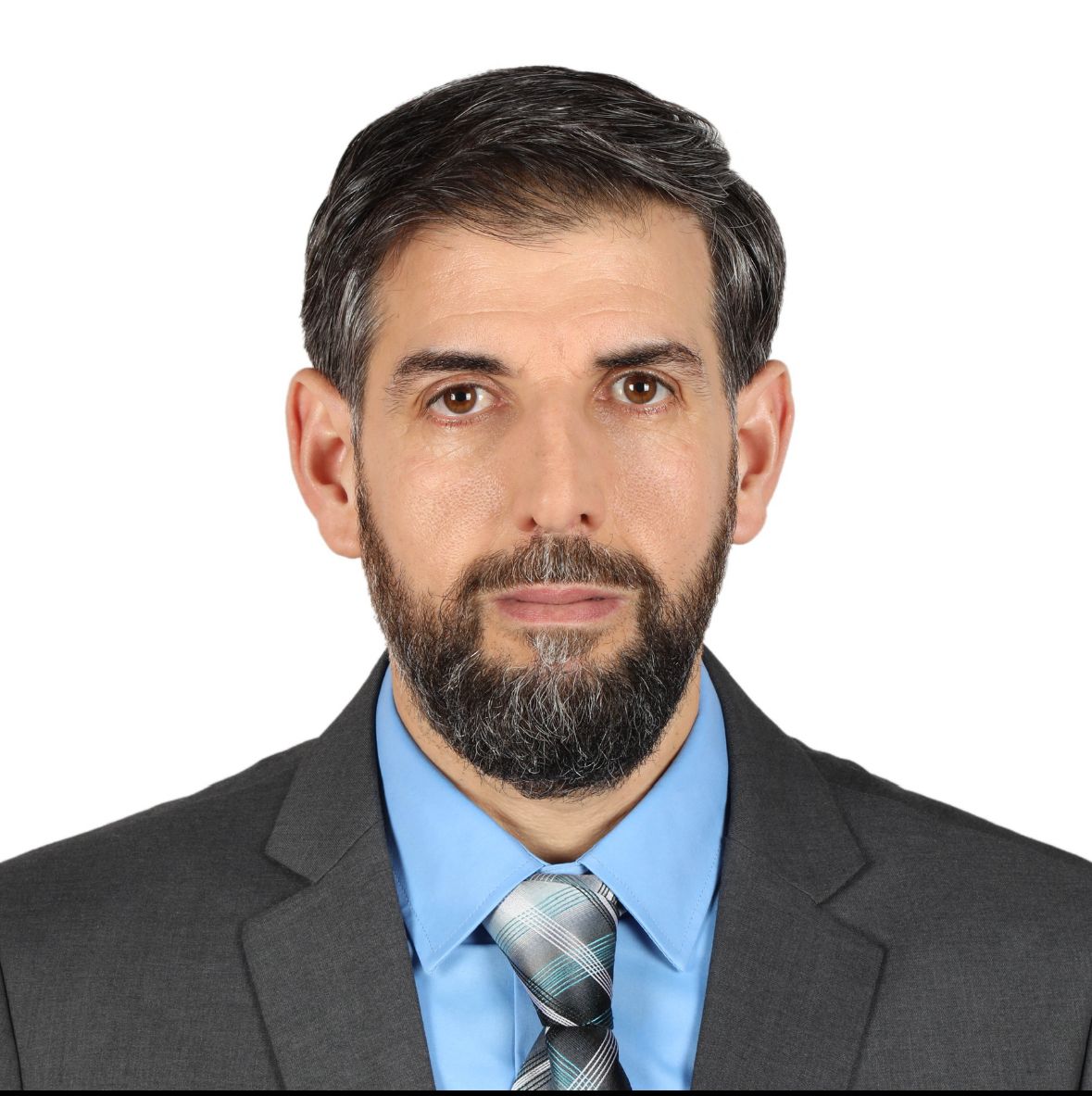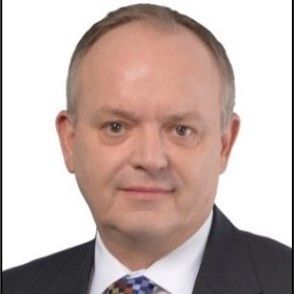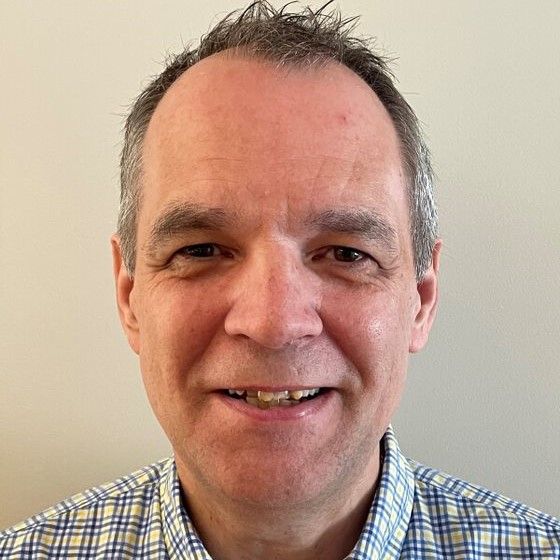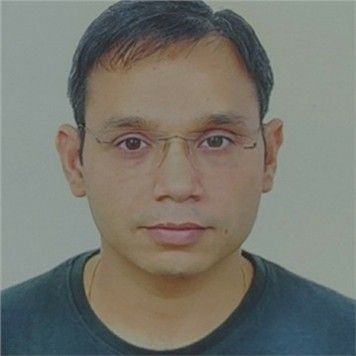-
570 mins
-
30 minsSpeakers
-
60 mins
-
480 mins
-
Ballroom A60 mins
The oil and gas industry has been a cornerstone of the global economy for over a century and will continue to remain relevant for years to come even as the world faces the dual challenges of climate change and energy security. Innovation, sustainability, and global collaboration are the key pillars that will shape its future. Hydraulic fracturing, or fracking, has revolutionised the energy industry by enabling the extraction of oil and natural gas from unconventional reservoirs, and by enabling higher performance completions in high permeability reservoirs primarily in deepwater. The global outlook for hydraulic fracturing is marked by both opportunities and challenges. In regions such as North America, the technique continues to evolve and to drive significant economic benefits and energy independence. In emerging unconventional regions, such as the Middle East, the potential for hydraulic fracturing to unlock vast energy resources is substantial, yet it requires careful consideration of local contexts, infrastructure, and regulatory frameworks. Collaborative international efforts and knowledge-sharing will be essential to address these complex dynamics and foster responsible development of hydraulic fracturing practices. The journey towards a resilient energy future with hydraulic fracturing is a collective endeavour, and it is imperative that we work together to achieve this common goal.
Our Executive Panel Session will cover the following points:
- Emerging global landscape on unconventional resource development, its relevance to the energy sector and significance of hydraulic fracturing as the key enabler
- Technological advancements, future trends, and where to focus on innovation for the next generation of hydraulic fracturing
- Environmental challenges, safeguards, and solutions for sustainable development with hydraulic fracturing
- Best practices, examples, and future trends on global collaboration towards hydraulic fracturing excellence
Speakers
-
Ballroom A2 + A360 mins
Today, worldwide, unconventional fields offer the greatest potential for long-term production maintenance and growth. A lot has been done to improve operational efficiencies through pad drilling, real-time operations, stage optimisation, and more recently with the use of AI workflows. At the same time the industry is called to lower the carbon footprint of field construction and production and enhance water management practices. Flare reductions, gas-to-power opportunities, and recycle and re-use of water have now taken centre stage in several countries. The panel explores the main technologies that are significantly improving the sustainability of these developments.
Panelists
-
60 mins
-
Grand Ballroom (A1 and A2)90 mins
- Technical Session
-
Grand Ballroom A390 mins
- Technical Session
-
Panel Session 2: Advancing Fundamental Science in Hydraulic Fracturing: Bridging Theory and PracticeBallroom A2 + A360 mins
The foundation of hydraulic fracturing technology lies in the fundamental scientific principles that drive its innovation and application. This panel will delve into the latest research and theoretical advancements that underpin hydraulic fracturing processes. Topics will include the mechanics of fracture propagation, fluid dynamics, and the role of material science in enhancing fracturing efficiency. By bridging the gap between theory and practice, this session aims to provide a comprehensive understanding of how fundamental science is shaping the future of hydraulic fracturing technology.
-
Ballroom A2 + A360 mins
Journey Towards Low-Cost Fracturing for Low Pressure Operation
Muhannad Al Kalbani; Ali Al-Ghaithi; Abdullah Al Riyami; Saif Al Matroushi, Sakeena Al Lawati; Ahmed Al Adawi; Ruqaya Zadjali; Mubarak Al Mahfudhi; Jamil Al Alawi; Hanaa Kokash; Elham Al Khuseibi; Faisal Niyadi; Said Al Kindi; Ahmed Al Jahdhami, PDOIntroduction
PDO began its hydraulic fracturing (HF) journey over 30 years ago. It gained significant traction in the early 2000s, with the initial fracs being designed as massive fracs targeting all sand units with only two to three stages. This technique was initially applied to boost production in tight gas fields in the northern region of Oman. Over the years, through collaboration with international companies, advancements in technology, and refined techniques, PDO has improved efficiency, reduced costs, and enhanced recovery. These developments led to the opening of low-pressure, relatively higher-permeability reservoirs to hydraulic fracturing, resulting in rapid growth over the past 15 years.Significant progress has been made since its humble beginnings, with a more than 12-fold increase in scope and nearly a 70% cost reduction from the initial frac. Well potential has also increased by more than four times in fractured wells compared to non-fractured ones.
However, this increase in frac scope has not come without its challenges. Rising costs, water shortages, greenhouse gas (GHG) emissions, and depleted reservoirs present ongoing difficulties. The path forward will involve addressing each of these challenges to ensure hydraulic fracturing remains cost-competitive and serves as a catalyst for sustainable growth.
Process
The approach for low-pressure hydraulic fracturing was divided into two phases. Phase 1 focused on setting a strategy to change the perception that HF was uneconomical in a low-pressure environment and was only suitable for tight reservoirs. This was achieved by establishing clear selection criteria and success factors. Phase 2 aims to reduce costs by over 90% while increasing well potential ninefold.This ambitious goal can only be achieved through close collaboration with local companies to maximise in-country value (ICV), partnerships with technology providers to improve efficiency, and a clear strategy to enable sustainable growth.
The focus going forward will hinge on leveraging these key enablers:
- Strong support for local content (LC) to enhance in-country value (ICV).
- Expanding the use of HF beyond vertical oil producers to target water injectors and horizontal producers.
- Benchmarking and replicating best global practices.
- Digitalisation and automation to enhance productivity, quality, and capabilities.
- Achieving zero flaring and reducing power consumption to minimise emissions.
- Using locally sourced frac sand instead of proppant.
Conclusion
PDO’s low-pressure hydraulic fracturing (LP HF) journey has come a long way from its modest origins to becoming a major factor in unlocking and enhancing well potential in low-pressure oil wells. The implementation of the first horizontal multi-stage frac in a low-pressure oil well in 2024 marked a significant milestone, setting the stage for a substantial increase in scope.Despite starting just 15 years ago, the programme has achieved remarkable growth at a rapid pace. Going forward, the aspiration is to more than double the frac scope in the next five years while significantly reducing the cost per stage pumped.
-
540 mins
-
540 mins
-
Ballroom A2 + A360 mins
Hydraulic fracturing has reshaped the oil and gas industry, boosting production, and revitalising previously declining energy regions. However, advancements in fracturing technology continue to emerge daily. This panel will explore cutting-edge innovations in fracturing techniques and their expanding applications, including geothermal energy and carbon sequestration.
-
Grand Ballroom (A1 and A2)90 mins
- Technical Session
-
Grand Ballroom A390 mins
- Technical Session
-
60 mins
-
Grand Ballroom (A1 and A2)90 mins
- Technical Session
-
Grand Ballroom A390 mins
- Technical Session
-
Ballroom A2 + A360 mins
-
Ballroom A2 + A360 mins
Designing to Learn and Learning to Design: The Role of Structure, Simplicity, Collaboration, and Advanced Diagnostics in Improving Hydraulic Fracturing and Well Economics
Patrick Miller, PETRONAS Energy Canada Ltd.Objectives/Scope
A central focus for subsurface professionals working in unconventional plays is the continuous improvement of understanding around hydraulic and propped fracture geometry, which is critical for optimising completion design alongside well spacing and stacking. Broad industry efforts—such as the hydraulic fracturing test sites in the United States—have shown the impact that large-scale, advanced diagnostics programmes can have in improving this understanding. PETRONAS had previously deployed various diagnostics to inform development decisions, but to achieve a step-change in the design and value of our pad developments, we identified the need for a larger-scale, purpose-built “technology pad” that could deliver a comprehensive view of fracture geometry and its implications on well performance and completion effectiveness.Methods, Procedures, Process
To design the technology pad, PETRONAS employed a structured decision-making (SDM) approach—an organised framework used to make informed, transparent decisions in complex and high-stakes situations. The SDM process began by clearly defining the decision problem and the key criteria by which potential strategies would be evaluated. Input was solicited from a broad range of stakeholders across technical and leadership teams to ensure all relevant perspectives were captured. Decision-making authority was explicitly assigned to ensure accountability and clarity throughout the process. A wide array of potential strategies was developed to address the decision objectives, and these strategies were systematically ranked against the defined criteria. This process enabled a deliberate and well-documented selection of a technology pad design that would maximise learning around fracture geometry while aligning with broader development goals.Results, Observations, Conclusions
The PETRONAS technology pad featured an innovative well layout, including off-azimuth (slant) wells that created variable well spacing along the laterals. This geometry, combined with a robust suite of redundant diagnostics, was specifically designed to capture detailed measurements of both hydraulic and propped fracture length and height. Execution of the pad went exceptionally well, with six out of seven permanent fibre installations successfully surviving the fracturing operations. Data was successfully acquired from all deployed diagnostics as planned. Beyond data acquisition, PETRONAS took a disciplined approach to extracting insights: observations were catalogued systematically, each supported by diagnostic evidence, followed by an evaluation of their implications for development planning. This approach enabled the identification of specific design changes that could be implemented to improve value in future pad developments. A cross-disciplinary inventory of learnings has been established, regularly reviewed, and prioritised based on confidence in the diagnostic interpretation and the potential value uplift from implementation.Novel/Additive Information
This presentation highlights several key insights for operators planning high-impact diagnostic projects. First, applying a structured decision-making approach is essential—not only does it enable a systematic evaluation of distinct design strategies, but it also facilitates alignment and buy-in across the organisation. Second, the importance of experience cannot be overstated; ensuring that both internal teams and service providers have the necessary expertise is critical, as the cost of unsuccessful data acquisition can be significant. Third, collaboration is a force multiplier—engaging with peers across industry and learning from other operators can substantially improve both the planning and interpretation phases. Fourth, simplicity in design is crucial; limiting the number of variables allows teams to better isolate unexpected outcomes and extract meaningful insights. Ultimately, the value of diagnostic programmes is unlocked by systematically linking observations with supporting evidence and clearly communicating the implications for future design improvements.
-
420 mins
-
510 mins
-
Ballroom A2 + A360 mins
Conventional oil and gas accumulations are typically concentrated by buoyancy-driven aquifer pathways into discrete geological traps, which can be detected from the surface. In low-permeability reservoirs, hydraulic fracturing is necessary to extract the oil and gas, especially in the absence of natural fractures.
Unconventional reservoirs, by contrast, are regionally dispersed over large areas without indicative trap geometry. The oil and gas in these reservoirs are generally low-density resources, often trapped within the rock by strong capillary forces that prevent natural flow through buoyancy, particularly in extremely low-permeability reservoirs. Consequently, hydraulic fracturing is also required to produce from these wells.
Despite the need for hydraulic fracturing in both low-permeability conventional and unconventional reservoirs, the development of unconventional reservoirs has led to the establishment of unique best practices. These practices have challenged conventional approaches to fracture conductivity while still meeting well-production needs, albeit with challenges in production sustainability.
Recently, there has been growing interest in understanding best practices for unconventional reservoirs to enhance production sustainability. This has led to engaging discussions and ideas that could challenge some of the established unconventional practices. It is crucial to consider the significant differences in unconventional reservoirs, which may necessitate tailored solutions and methodologies.
This panel aims to facilitate constructive discussions around these topics, fostering collaboration and innovation in optimising production from unconventional reservoirs.
Moderators
-
Grand Ballroom (A1 and A2)90 mins
- Technical Session
-
Grand Ballroom A390 mins
- Technical Session
-
60 mins
-
Grand Ballroom A390 mins
- Technical Session
-
Grand Ballroom (A1 and A2)90 mins
- Technical Session
-
Ballroom A2 + A360 mins
The Aishwariya Barmer Hill reservoir, located in India's Barmer Basin, is a tight oil reservoir with low permeability (~1 md) and high porosity (~25%). Geologically complex, it consists of multiple stacked reservoirs and fault blocks.
During the appraisal phase, seven wells of various architectures (vertical, horizontal, longitudinal, transverse) and completion methods were tested, along with hydraulic fracturing techniques and artificial lift solutions. Using insights from this phase, a full-field development plan was executed with 39 wells (37 horizontal and 2 deviated), and over 400 hydraulic fracturing jobs.
Subsequently, two infill drilling campaigns, comprising five and fourteen wells respectively, were conducted, integrating lessons learnt from prior operations. These campaigns added more than 300 additional fracturing stages.
The development of the Aishwariya Barmer Hill reservoir has seen continuous improvement in completion, fracturing design, and execution, despite increasing operational challenges caused by declining reservoir pressures and drilling complexities.
